On 28 October 1839 the five-language – Turkish, Armenian, Greek, Arabic and French – Istanbul newspaper Takvim-i Vekayi announced the discovery of photography to the peoples of the empire. Only a few years later also the photographers themselves arrived to the Ottoman Empire and to the other countries of the East.
Europe was hungering for the images of the East. After the Egyptian campaign of Napoleon and the scholarly and less scholarly publications following it, an Orientalist fever swept through Europe. The Romantic vision rejecting the Classical canon saw its own justification and source of inspiration in Eastern genre pieces and photographs just as some decades later Post-Impressionism in Japanese prints or Cubism in African carvings. As Eugène Fromentin wrote in his Une année dans le Sahel (1859):
The Orient is exceptional. It escapes general laws. This is an order of beauty which, having no precedents in either literature or art, immediately strikes us as appearing bizarre. All its features appear at once: the novelty of its aspects, the singularity of its costumes, the originality of its types, the toughness of its effects, the particular rhythm of its lines, the unaccustomed scale of its colors.
To meet the demand for Orientalist photographs – in the form of postcards, albums, book illustrations and models for paintings – was but one motif of the activity of the photographers traveling to the East and then settling down there in a growing number from the middle of the century. The fields of application and genres of photography became increasingly diverse. Archeological, geographical and military expeditions as well as rich travelers took a photographer with them, Oriental dignitaries and bourgeois had themselves photographed, and the largest journals had their own resident photographers in the politically interesting scenes. Amateur photographers – diplomats, merchants, missionaries or local intellectuals – also experimented with the new technology by documenting their everyday surroundings.
In this new series we would like to present these people whose photos gave picture about the East for the West along a century, until the appearance of modern mass media. We will dedicate a post to each of them, presenting as many surviving photos as possible. We will try to attach contemporary maps on the region where they worked, possibly even arranging the photos to their respective places. And we will gradually link the post to the following map.
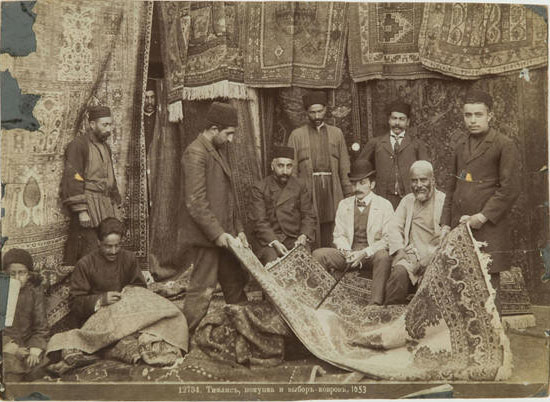
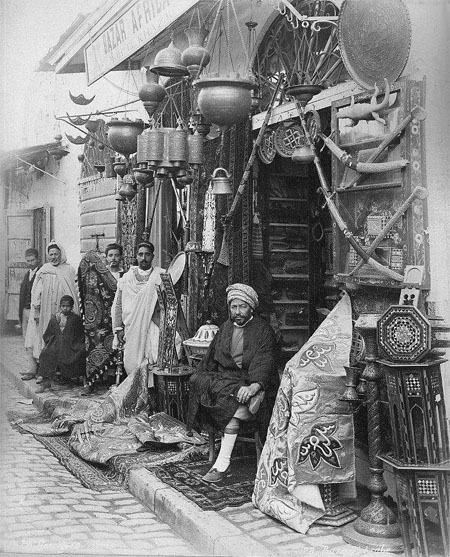
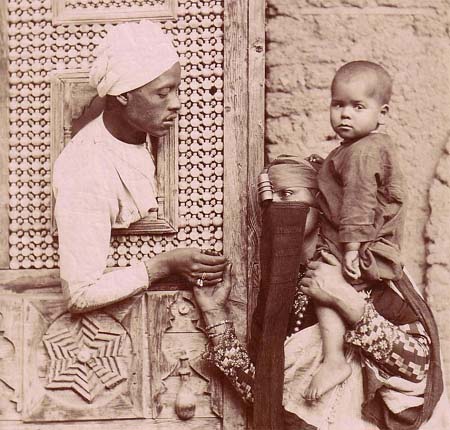
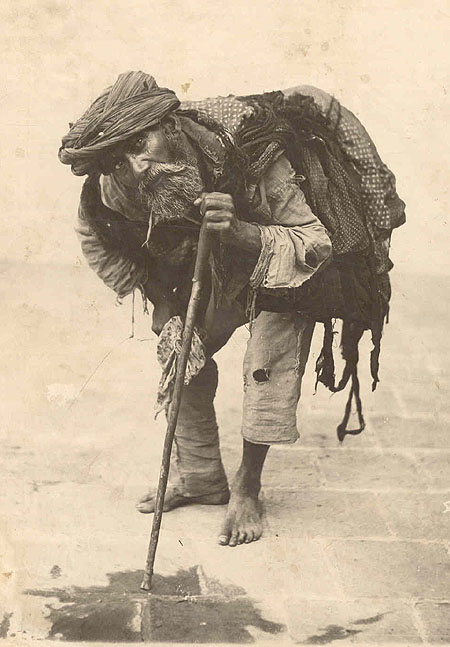
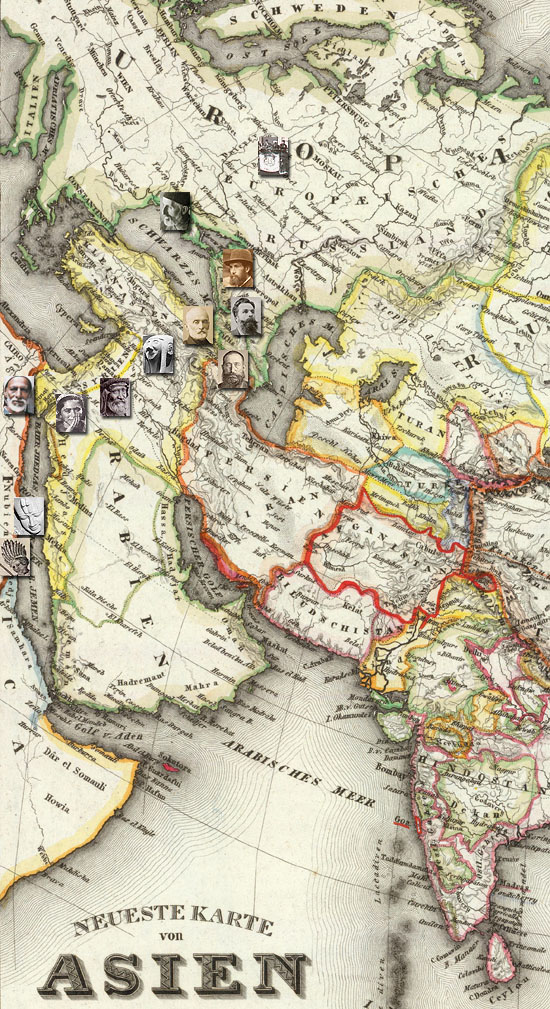
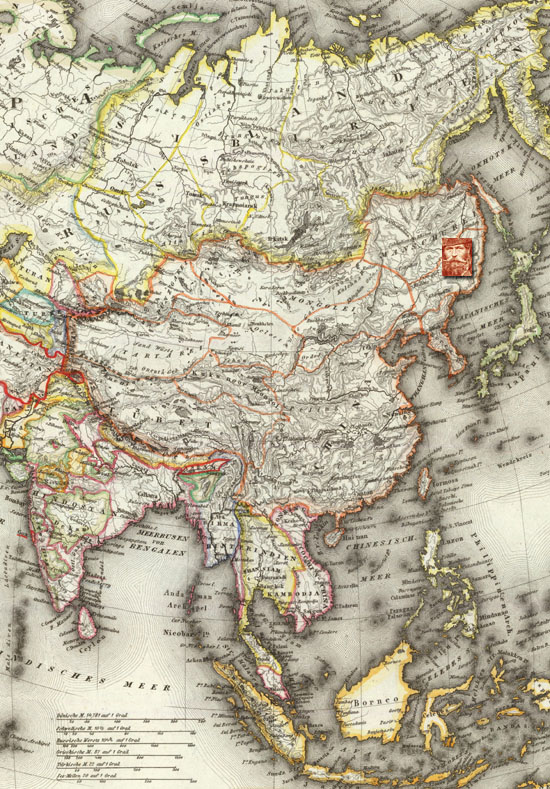
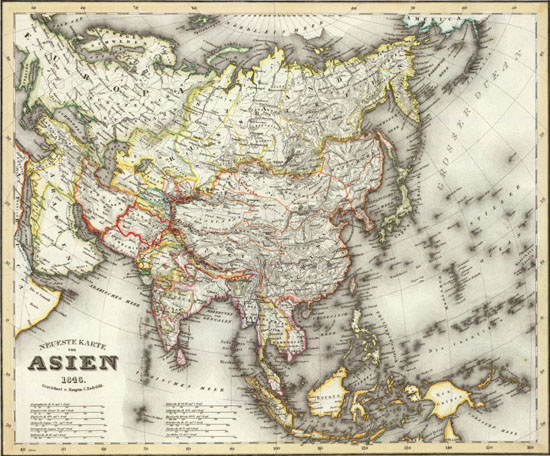

























































4 comentarios:
yes, please, tell us all those stories by means of such wonderful pictures. Thank you.
Looking forward!!!!
(thank you so far)
Here it comes!
Poly, don’t you also want to write – however short – about the Greek photographers who before WWII set out to document “the East”, either the faraway Orient, or the Greek reality, both in Anatolia and in modern Greece? It would be an important contribution to the history of this visual mapping of the world.
I am not sure that I have the competence to do this. Nevertheless, inspired from the picture of the Zangaki brothers in your blog, I have created a photographic album on Fb and have received very interesting comments and information on them.
I will follow your endeavor with great interest.
Publicar un comentario